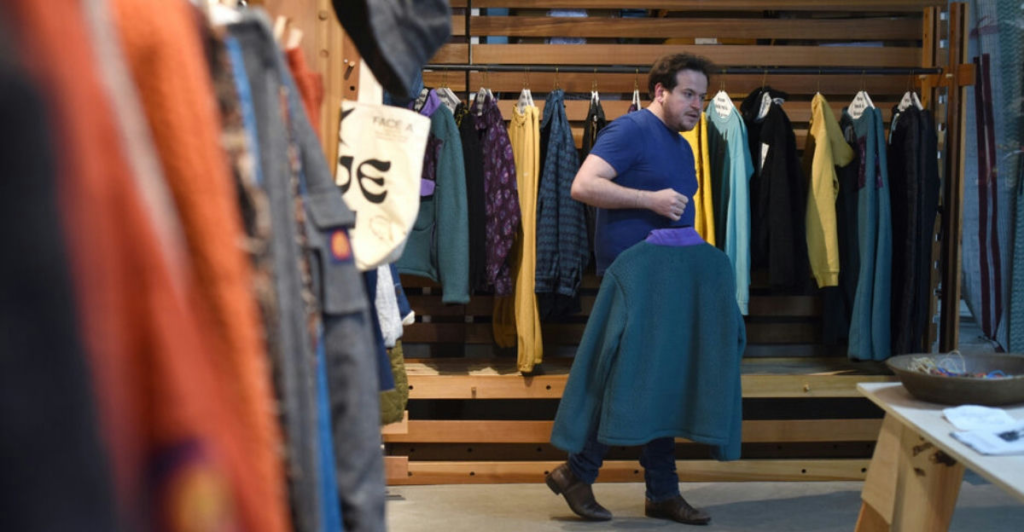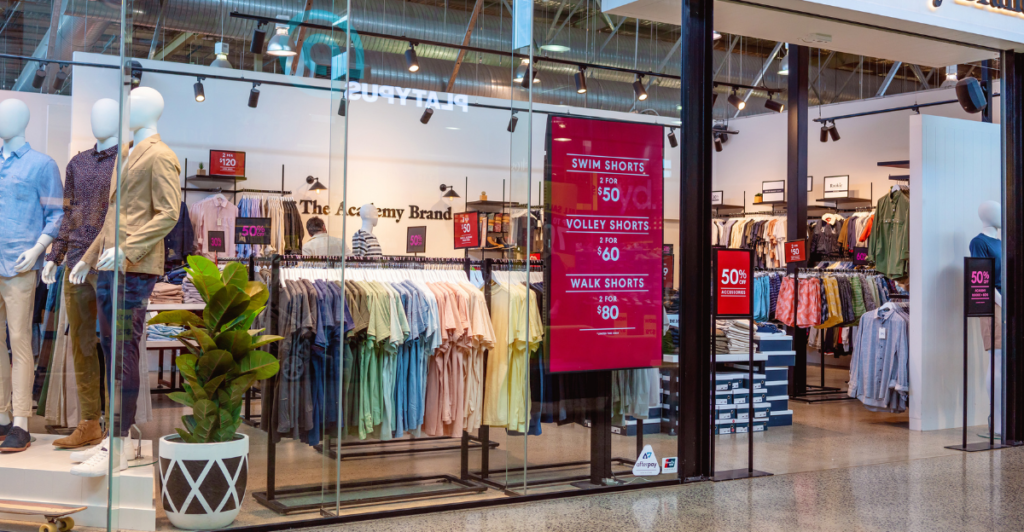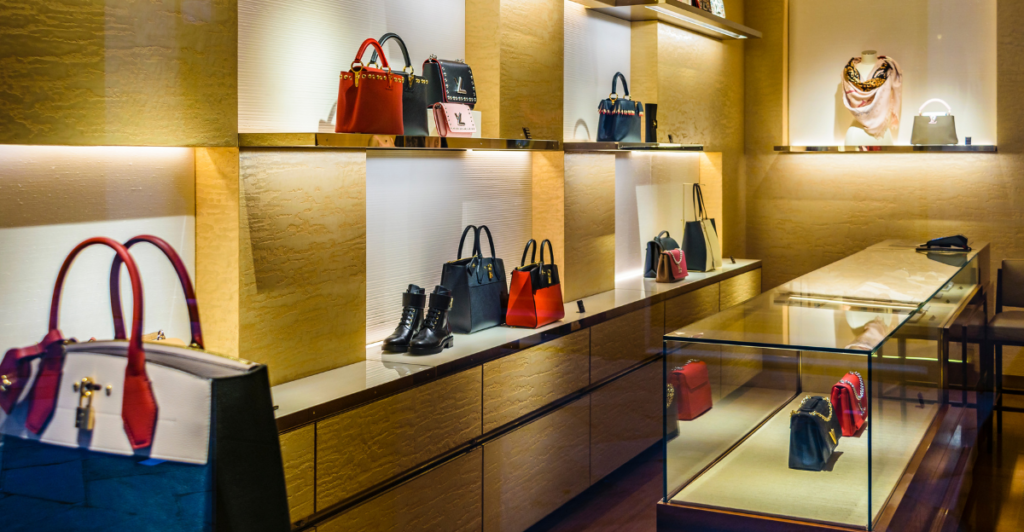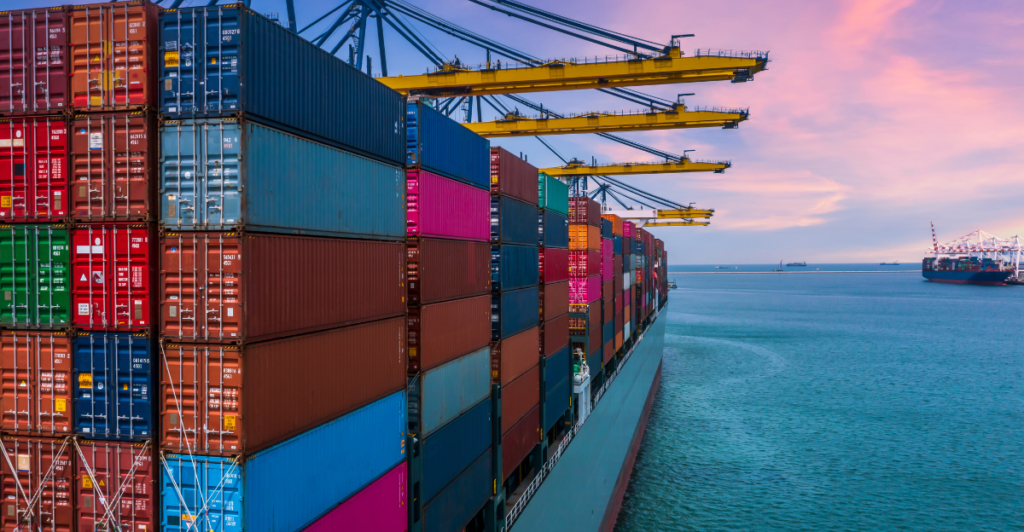
The worst news you can get when it comes to your wardrobe is incoming tariff increases. President Donald Trump’s sweeping tariffs, including a 10% minimum levy on all nations and rates as high as 145% on Chinese imports, are poised to dramatically inflate clothing costs, with everyday essentials like $5 T-shirts, socks, and sneakers facing the sharpest increases. The U.S. sources 98% of its apparel abroad, heavily relying on China (22% of the market) and low-cost producers like Vietnam and Bangladesh, leaving retailers no affordable domestic alternatives.
What Are Tariffs and Why Are They Being Imposed?

Tariffs are taxes on imported goods designed to raise government revenue, protect domestic industries from foreign competition, and serve as political leverage in trade negotiations. Governments often justify them as tools to address trade imbalances, shield local businesses, or retaliate against unfair practices like dumping. Trump’s tariffs aim to pressure trading partners but risk backfiring by inflating prices without viable domestic manufacturing alternatives.
“We will pry open foreign markets and break down foreign trade barriers, and ultimately, more production at home will mean stronger competition and lower prices for consumers,” the US president said in his address. “This will be, indeed, the golden age of America, it’s coming back. We’re going to come back very strongly.”
Countries Most Affected by the Tariffs

The tariffs disproportionately target developing nations, with Lesotho facing the highest rate at 50%, followed by Madagascar (47%), Cambodia (49%), Laos (48%), and Vietnam (46%). Asian economies critical to U.S. apparel imports, such as Bangladesh (37%) and China (34% reciprocal tariff, totaling over 54% with existing duties), face compounded pressures.
These measures risk destabilizing global supply chains, particularly in textiles and manufacturing, where affected nations dominate production.
Immediate Impact on Consumer Prices

Consumers face rapid price hikes as retailers pass tariff costs to shoppers, with apparel prices projected to rise 17%. “It is going to affect everything in the economy,” said Josh Stillwagon, an associate professor of economics and chair of the Economics Division at Babson College. “There’s this immediate price increase that’s going to be passed on to consumers here, basically as soon as the retailers have to buy a new product.”
Due to frequent inventory replenishment, perishable items, including fruits and vegetables, will likely see the earliest increases, while tariffs on construction materials could add $9,200 to the average new home price. Low-income households may bear the brunt, with annual losses estimated at $980 per family from tariffs alone.
How Fashion Brands Are Reacting

Fashion brands are scrambling to adapt, with global players like Nike and Adidas facing supply chain upheaval as tariffs erase their efforts to pivot production from China to Southeast Asia. Shein and Temu, whose ultra-fast fashion models rely on low-cost, high-volume shipments from China, now grapple with a 145% cumulative tariff and the loss of the de minimis exemption, forcing potential price hikes that could alienate budget-conscious shoppers.
Luxury brands and sportswear giants may pass costs to affluent consumers, but mass-market players risk losing price-sensitive buyers as tariffs erase their competitive edge.
The Challenge for Luxury Fashion

The luxury sector, which relies heavily on foreign manufacturing, is particularly vulnerable. While some brands like LVMH have domestic factories, most still import raw materials and finished goods. The sector, already reeling from a 2% decline in personal luxury goods sales in 2024, now grapples with supply chain overhauls, as brands like Lululemon and Nike navigate manufacturing shifts from China to mitigate 125% tariffs.
For an industry built on exclusivity and stability, the tariffs threaten to unravel decades of globalization, forcing the luxury elite to choose between margin erosion and alienating their core affluent base.
Potential Benefits for Domestic Production

The policy aims to correct market distortions, protect jobs, and reduce reliance on fragile global supply chains, particularly in critical areas like medical supplies and clean energy components. However, benefits remain uneven: small manufacturers may gain a competitive edge against dumped goods, while broader industrial growth depends on complementary investments in technology and workforce development.
Over time, tariffs could redirect resources toward domestic production, albeit at the cost of higher consumer prices and reduced efficiency in export-driven sectors.
Supply Chain Disruptions and Complexity

Industries like automotive and electronics face cascading costs as components cross borders multiple times, triggering numerous tariff layers per product. Supply chains optimized for efficiency now grapple with country-of-origin tracking, customs delays, and forced shifts to alternative sourcing hubs like Vietnam or India, often at the cost of quality control and lead times.
Retailers and manufacturers must overhaul logistics networks, absorb price volatility, and increase safety stocks, straining just-in-time models while navigating geopolitical risks and retaliatory trade measures.
The Rise of Secondhand and Resale Markets

The global secondhand luxury market, valued at $34.39 billion in 2023, is projected to reach $60.55 billion by 2029, driven by Gen Z and millennial demand for sustainable, affordable luxury. Online platforms like ThredUp and The RealReal are capitalizing on shifting consumer habits, with the U.S. secondhand apparel market growing 14% in 2024—five times faster than traditional retail. Partnerships between luxury brands and resellers, such as Gucci’s collaboration with The RealReal, are normalizing pre-owned purchases while promoting circularity.
In Europe, the sector is forecast to grow at 6.88% annually through 2033, fueled by digital accessibility and sustainability trends. However, challenges like counterfeit products persist, threatening brand integrity and consumer trust.
The Future of Fashion Pricing

The future of fashion may be quite uncertain, with things changing daily, but for now, we have a good idea of where it’s heading. Pricing strategies will hinge on balancing transparency, personalization, and profitability in an era of squeezed disposable incomes. The industry’s shift to circular business models, rental, resale, and repair, could stabilize long-term pricing but require upfront tech investments in blockchain traceability and digital product passports.